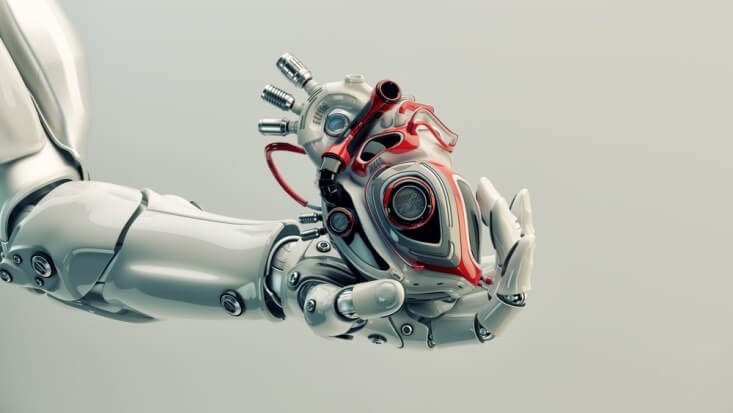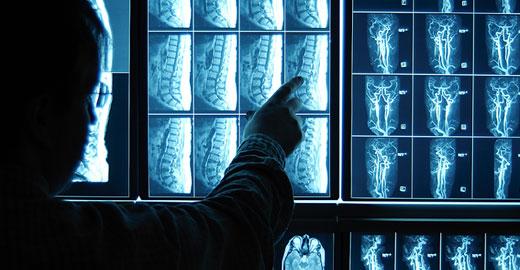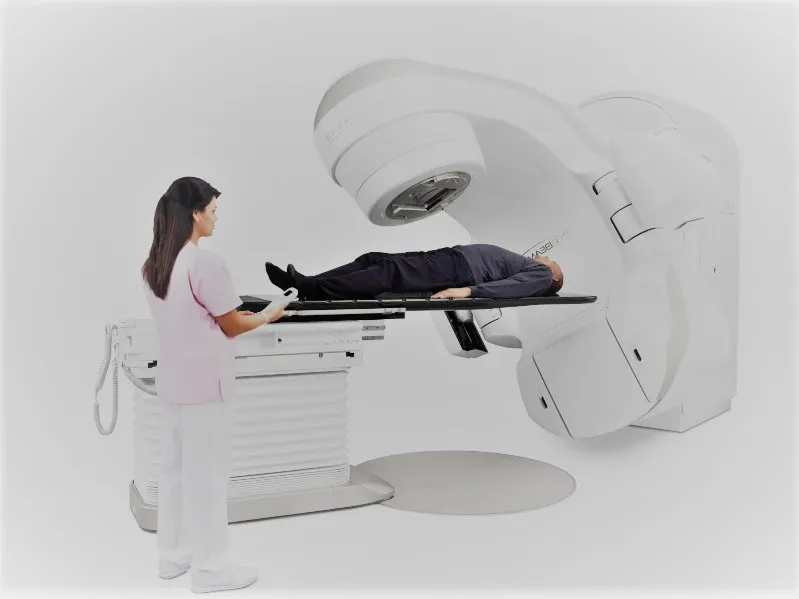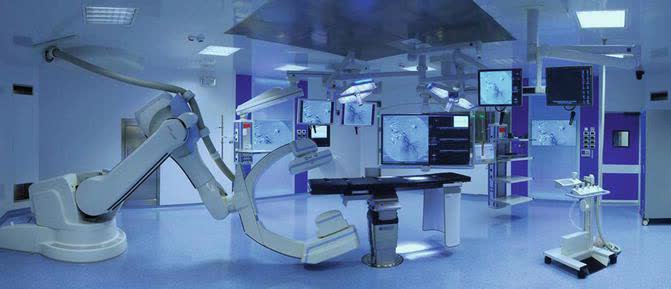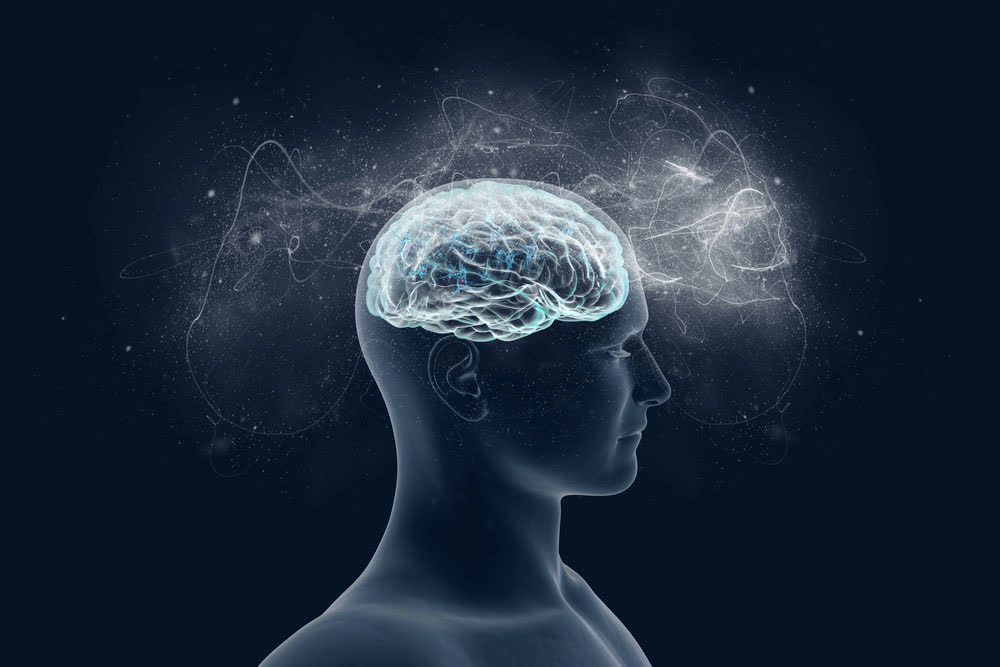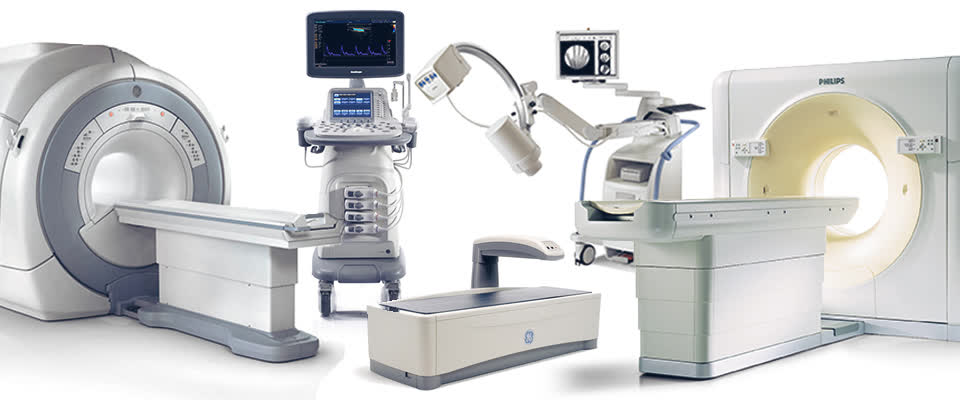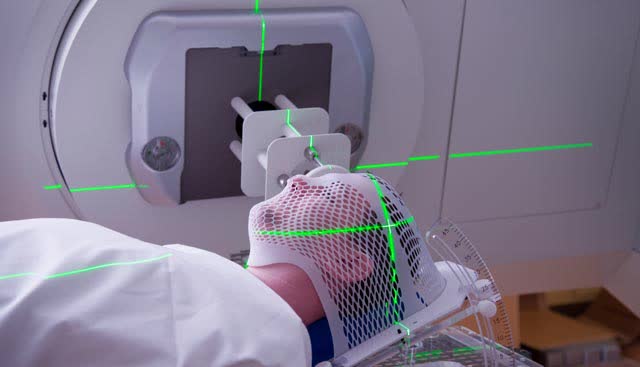Long-term mechanical ventilation is an important and successful technique for the treatment of chronic respiratory failure. It is being used more and more widely in the world especially in chest wall related disorders or neuromuscular diseases. An artificial respiratory device is called a mechanical ventilator device.Ventilator and respirator are used in the same sense.
The ventilator can be given to the patient in two ways with the mechanical ventilator device.
Types of Mechanical Ventilation
- a) Non-invasive mechanical ventilation
- b) Invasive mechanical ventilation.
Non-invasive mechanical ventilation is performed by means of breathing apparatus by means of a mask without opening the trachea. Example devices: CPAP, OTOCPAP, Bilevel S (BPAP S), Bilevel ST (BPAP ST), Bilevel ST (BPAP ST) AVAPS, ASV
The devices that are preferred for non-invasive mechanical ventilation are used for many respiratory diseases. These diseases can be diseases such as sleep apnea or COPD. In addition, these devices are used in some early stages of neuromuscular diseases. With the progression of the disease, invasive mechanical ventilator devices will be preferred.
These devices are used for certain parameters and are used to relieve the breathing problem and increase the oxygen content in the body to a healthy level. These devices are also preferred against complete stopping of breathing.
Invasive Mechanical Ventilation is the type of ventilation applied by tracheostomy cannula or endotracheal tube. There is no mask use in invasive mechanical ventilation. Mechanical ventilator devices used in this type of respiration are more advanced.
At first, this method, which is applied only in hospitals and ambulances, is now applied in houses as technology develops. The patient with stable condition may continue to live at home with a suitable mechanical ventilator device. Patient care training required for this should be given in advance to the patient relatives.
In hospitals, doctors usually have treatment-related issues; nurses are interested in issues related to patient care. The physician determines the patient who will use the invasive mechanical ventilator device and makes the necessary applications. Patients are then continuously monitored.
Security is the most important element for patients who entrust their lives to a device. No details regarding both health and other hazards should be examined without skipping. The appropriate respirator type and parameters for the patient should be determined by a physician who is specialized in this field. The determined parameters are tested in the patient and blood gas values are kept under regular control. In addition, the alarms in the devices inform the critical events and are recorded. In this way, respiratory analysis can be performed retrospectively. Especially for patients using mechanical ventilator at home, the most important factor is the battery capacity of the devices. Devices that have the longest battery life should be preferred in order to avoid life-threatening power outages. For hospitals or ambulances, appropriate ventilator devices should be preferred for their intended use. These elements are very important for both the patient’s health and the life of the device.


